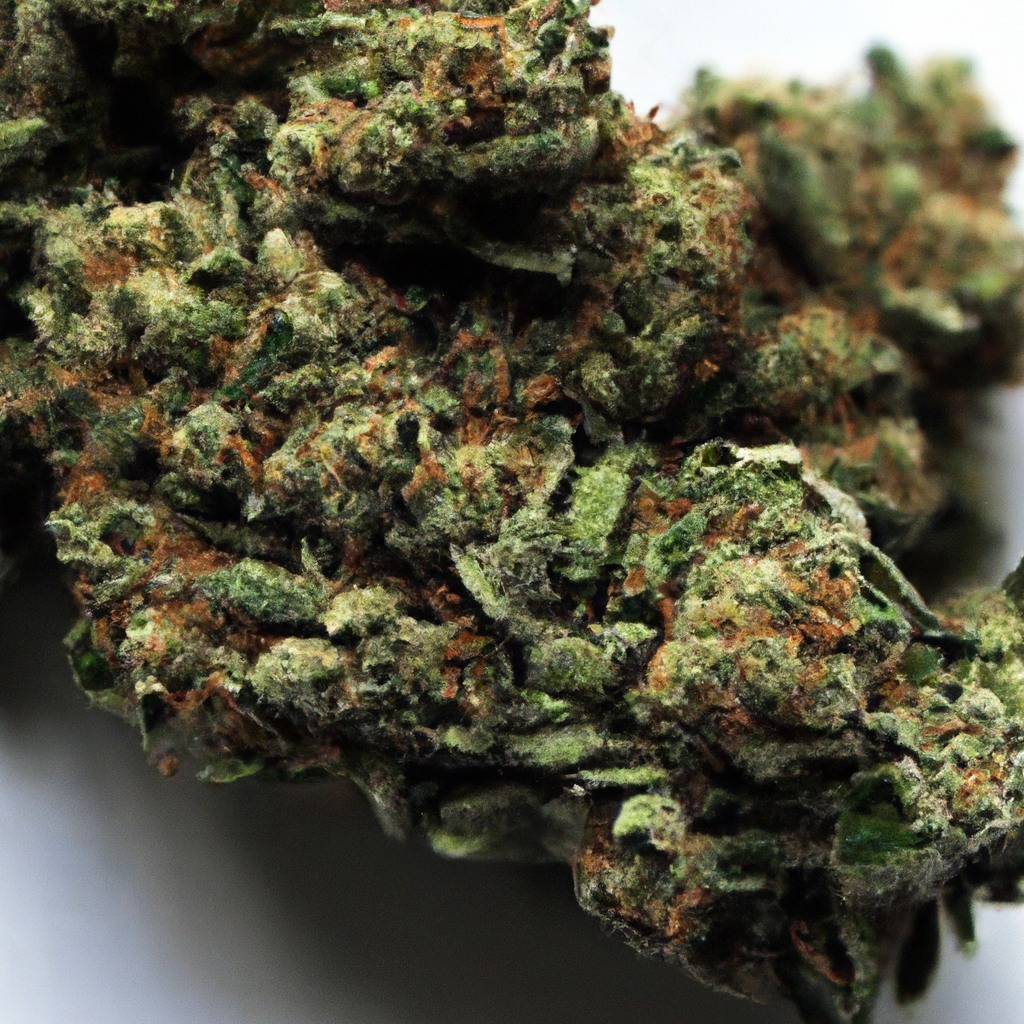Your cart is currently empty!
Renowned as one of the most influential strains in the cannabis world, Northern Lights #5 remains a cornerstone for both growers and users. Known for its potent effects and resilience in cultivation, this strain offers a unique sensory experience.
Genetics and Appearance
Northern Lights #5 is primarily an indica strain with its genetics deeply rooted in the original Northern Lights lineage. The plant exhibits a robust stature with broad, dark green leaves. Its dense buds are often peppered with a frosty blanket of trichomes, giving it a silvery appearance that hints at its potent effects.
Aroma and Flavor
The aromatic profile of Northern Lights #5 is a harmonious blend of earthy tones and mild pine nuances. Upon breaking the buds, one might detect subtle hints of citrus and spice, a testament to its rich terpenes that contribute to both flavor and aroma.
Effects and Benefits
Users often report a deeply relaxing experience with Northern Lights #5, making it a perfect choice for evening use. This strain is famed for its ability to melt away stress and anxiety while promoting a gentle but profound sense of euphoria. Medicinal users might also find relief from chronic pain, insomnia, and muscle spasms.
Cultivation Tips
- Climate Control: Northern Lights #5 thrives in a warm, dry climate. Indoor growers should maintain a consistent temperature and humidity to prevent mold.
- Lighting: Adequate lighting is essential to maximize growth and bud production. LED lights are recommended for energy efficiency.
- Nutrient Management: This strain benefits from a balanced nutrient schedule, especially during the flowering phase.
- Training Techniques: Implementing low-stress training (LST) can boost yields by optimizing light exposure to bud sites.
Conclusion
Northern Lights #5 is a strain that appeals to both recreational and medicinal cannabis users for its tranquil effects and ease of cultivation. Whether you’re a seasoned grower or a novice, this strain offers rewarding experiences both in its growth and its use.


Leave a Reply